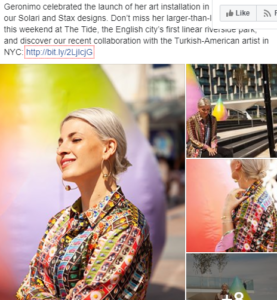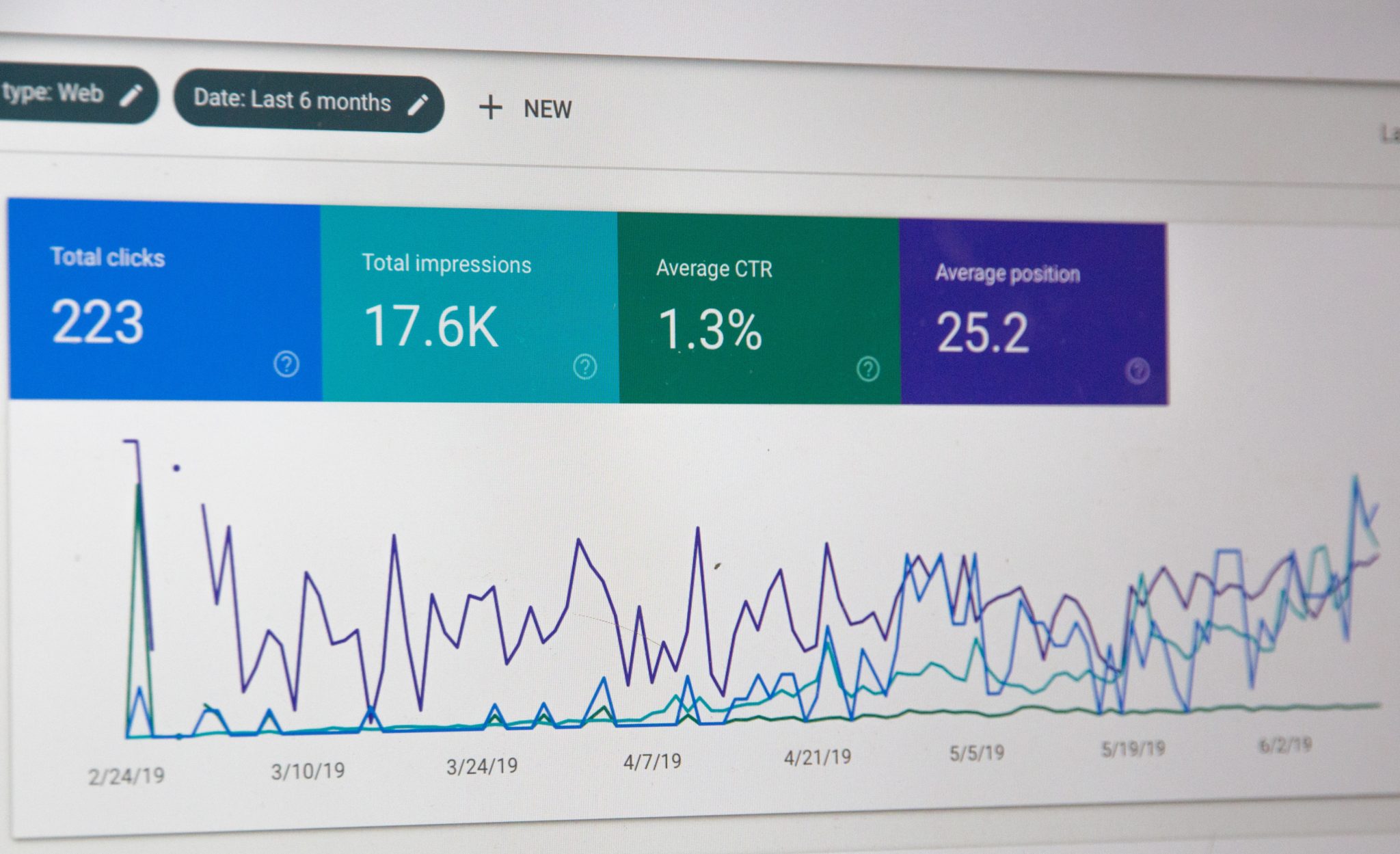If you’re not using social media, you’re missing out on a lot of things, including fun time with friends and family and interesting tidbits from around the world.
But being a marketer, you’ll miss something even more— leads, traffic and sales you could be getting via social media.
MarketingChart’s research reveals that 66% of US adults use social media on a weekly basis. Of the channels they use, Facebook remains the most popular platform with 68% adults on it and actively using it.
For 45% of the users, social media plays an important role in directing what they buy.
As many as 20% of social media users have purchased a product directly from the site—through a social buy button. So much for an entity that has long been decried as where purchases simply don’t happen. However the figure has had a sizable increase from 10% to 18% from early 2016 to 2018.
In addition to that, social media channels are good for marketing your products. Social media initiates the rise and fall of trends. Despite its reputation as an avenue to idle away time, at least 23% users want to learn about products and services.
GenZ is particularly social media savvy with 85% of them using social media to learn about new products, trends and design. If you have an online jewelry store, social media can both inform and educate, sparking interest on what’s trending and drive sales for you.
Social media is a fertile ground for those willing to promote their products, drive leads, educate prospects and generate sales.
Every social media channel differs in its core audience, their demographics and way of usage. As such, some content performs exceedingly well on one channel but not on rest.
Here are guidelines you can use to see success on the platform.
1. Be where your followers are
Hutch’s popular ad of yesteryear has a pug follow a girl around. The tagline was “Wherever you are, there we are.” That should be the first order of business with your social media strategy. Find out which social media channels jewelry customers are spending most time online on. Be active on them. It’s better to focus on a fistful of channels rather than sowing wild oats everywhere you can.
As a business, precious time and resources are wasted trying to build followers and loyalty on each channel with nothing to show for all the time spent.
How do you discover which one’s ideal for your needs?
It begins with an analysis of your target demographic. You could start with the profiles of current customers and draw on characteristics that unite them to discover audiences you’ve not explored yet.
There could be several sets of audiences your jewelry is relevant to — teens getting ready for prom, men looking for engagement rings, women looking for something new to wear …
You might already know who you want to be your ideal buyers. Once that’s figured out, you can research and find platforms they’re active on.
For retailing jewelry, you need to be on your toes figuring out what the latest trends are.
What to keep in mind?
Facebook still remains by and large the most popular social media platform. However, the younger crowd is pulling away from it—fast. You won’t be able to target the younger generation on that channel. They may have profiles for sure, but nobody’s logging in. To target 18- to 24-year-olds, move to snappier platforms like Instagram and Snapchat.
Depending on whether you’re retailing traditional designs or modern iterations, you may want to focus on either Snapchat or Facebook.
Once you are present on social platforms where your audiences are, you get an opportunity to achieve your goals. You may not consider keyword research for social media marketing, but keywords help you uncover broader trends and understand what’s “happening.”
2. Quality trumps quantity every time
Don’t create many low quality posts, believing that sheer quantity is enough to drive traffic and sales. Rather, push well-thought, high-quality content at regular intervals.
Both prospects and you will appreciate the world of good you’re doing.
The point of social media is not always to directly generate sales for you. The posts you create should be about encouraging your customers to get to know you and add them to the first stage of your marketing funnel.
That’s not to say that social media can’t and doesn’t generate sales. If it were true, millions of marketers would not be spending hundreds of thousands of dollars every day advertising on the platform. But that’s not the point of building a social media strategy, of building an online presence on the channel.
It’s just a poor way of using social media, to devote your entire energy to a few who would buy from you. The point of social media is to display yourselves as brand they’d like to do business with again and again.
- Post pictures and videos that showcase your product in different settings
- It’s all about the class and experience you can deliver
- Share images of customers wearing your jewelry
That’s not to say that you should discard all attempts at making a sale. We’ll explore that below.
3. Make it Easy for People to Buy on Social Channels
Buyable pins has been a feature on Pinterest since late 2014. Instagram has shopping tags. And there are buy buttons on Facebook.
The roll-out was initially limited to a few brands on the platforms and it was later released to a larger audience.
Being featured on the search results and on related pins and posts is an effective way to generate interest. It boosts product reach and stimulates purchase.
There’s an add-to-bag feature you can use that allows for a seamless interaction without getting redirected to a third party site. Add shipping and payment info right there on the platform. An additional step can result in many potential buyers slipping through the cracks.
These pins work equally well on desktop as well as on mobile.
Now let’s spare a look at ways in which successful brands are promoting themselves on social media.
Example: David Yurman

(An example of influencer campaign taken from their Facebook page)
David Yurman’s strategy is hinged on successful collaborations with Instagram influencers to generate content on blogs and social media. They use the shopping tags feature on Instagram to get sales from within the app too.
They launched a co-branded Facebook stream in 2017 with the Magazine Elle that let them tap into Elle’s 4.7 million-strong audience.
They know branding is important and choose to work with influencers who share a similar audience and/or hold appeal to the target audience they want to influence. Mostly the brand taps into young audiences.
As of today, their Facebook page has over 621,000 likes and is growing.
Van Cleef & Arpels
Van Cleef & Arpels post brand stories on their channels to drive engagement and cause a flutter of excitement. The strategy is simple: they weave colorful Instagram stories through animated narratives that visually speak of their branded offerings. This drives followers and purchases.
Conclusion
This post highlights some of the most effective strategies I learned when driving traffic and leads and sales from social media channels.
None of this would be possible without fostering an active profile on the sites mentioned in the post. Content you produce has to cater to different and specific purchase stages and then drive them home. Don’t forget to track your performance on social media to understand if you’re getting better results or being driven to the ground.
Once you have visitors to your content, they begin trusting you more. They like engaging with your content and brand and as a result the resistance to purchase is entirely gone.
What do you think of the post and the power of social media to drive leads and purchases to your jewelry store? Do let us know in the comments below.




